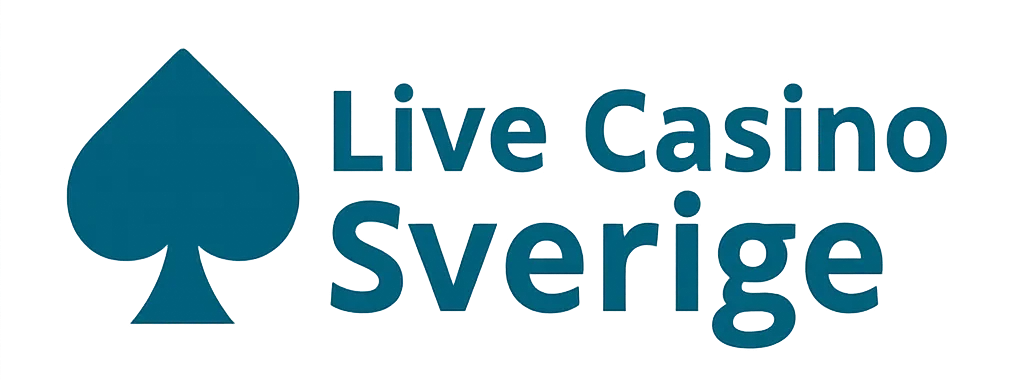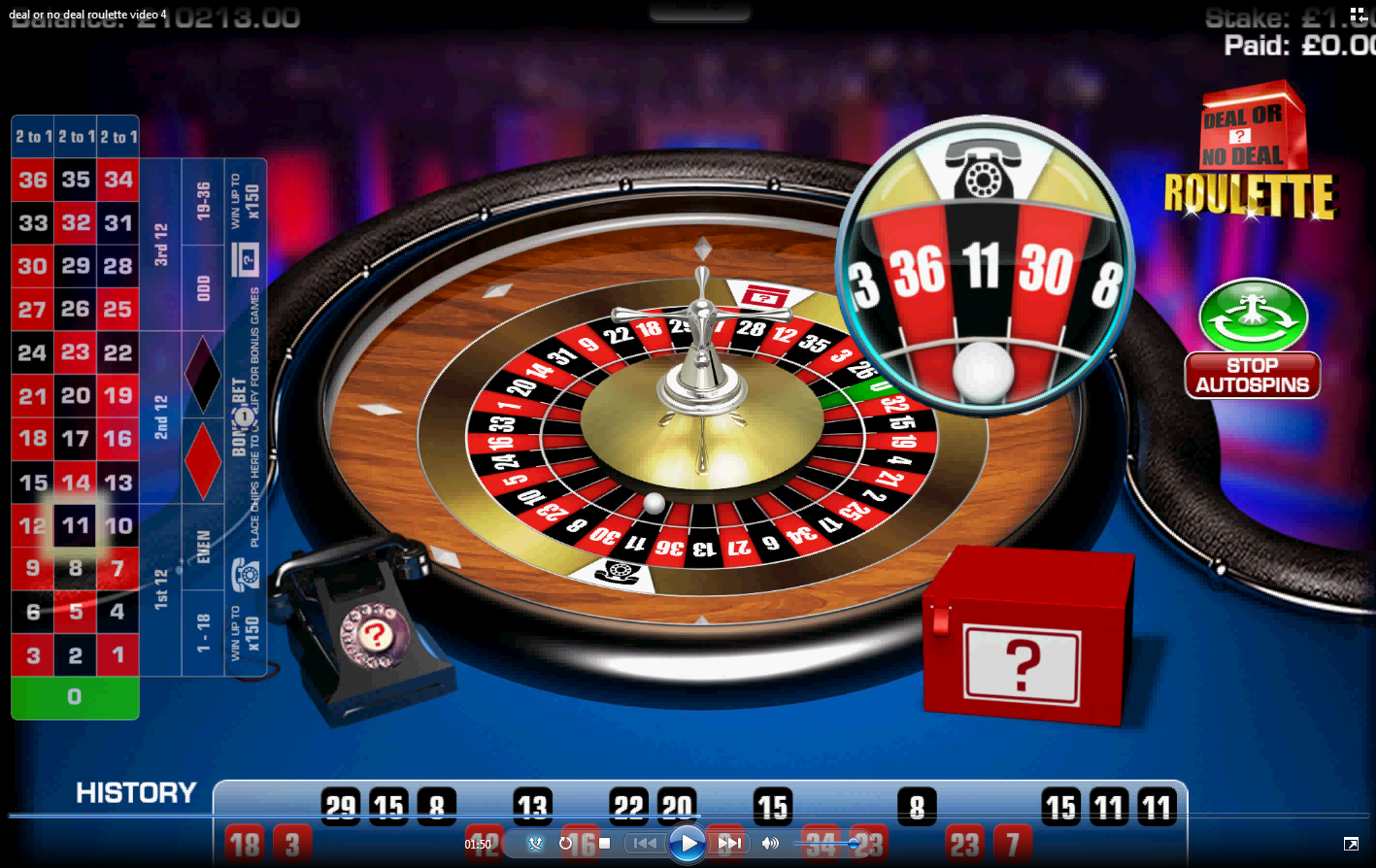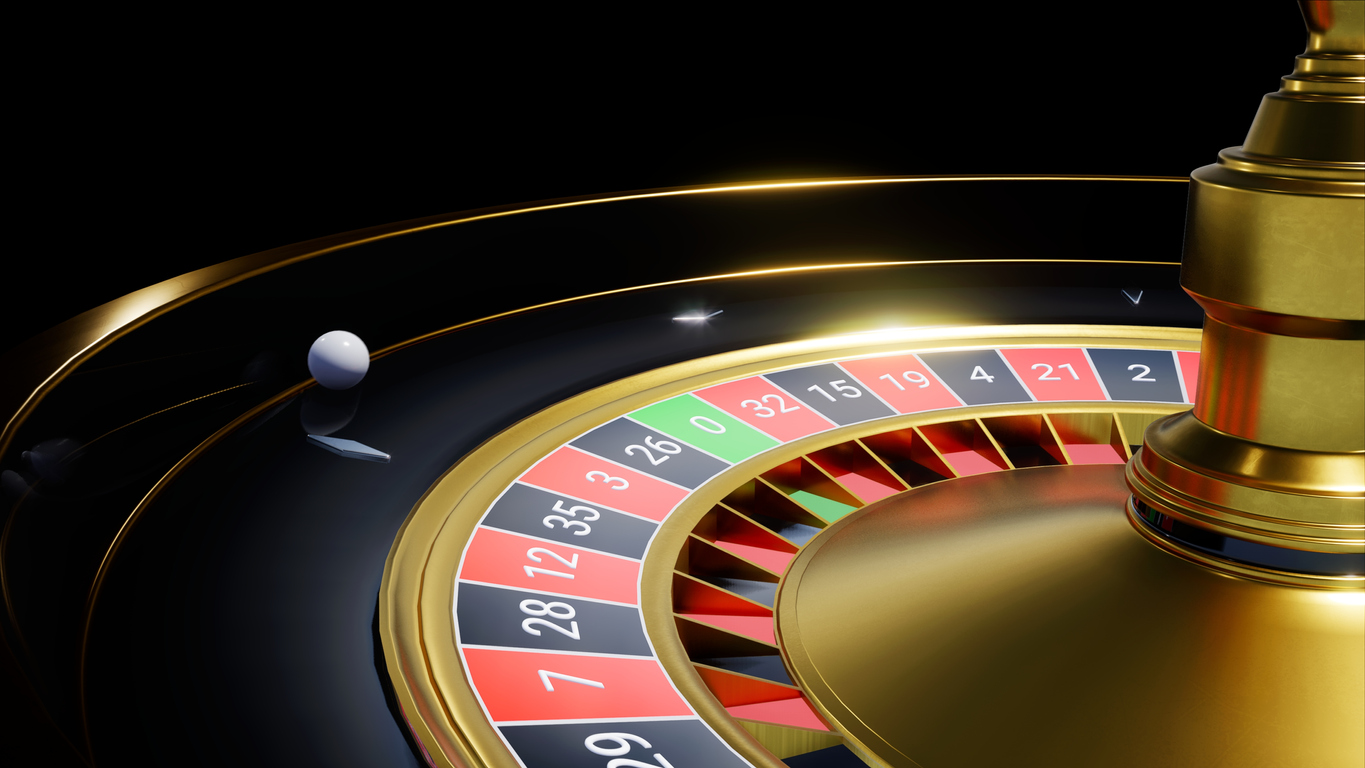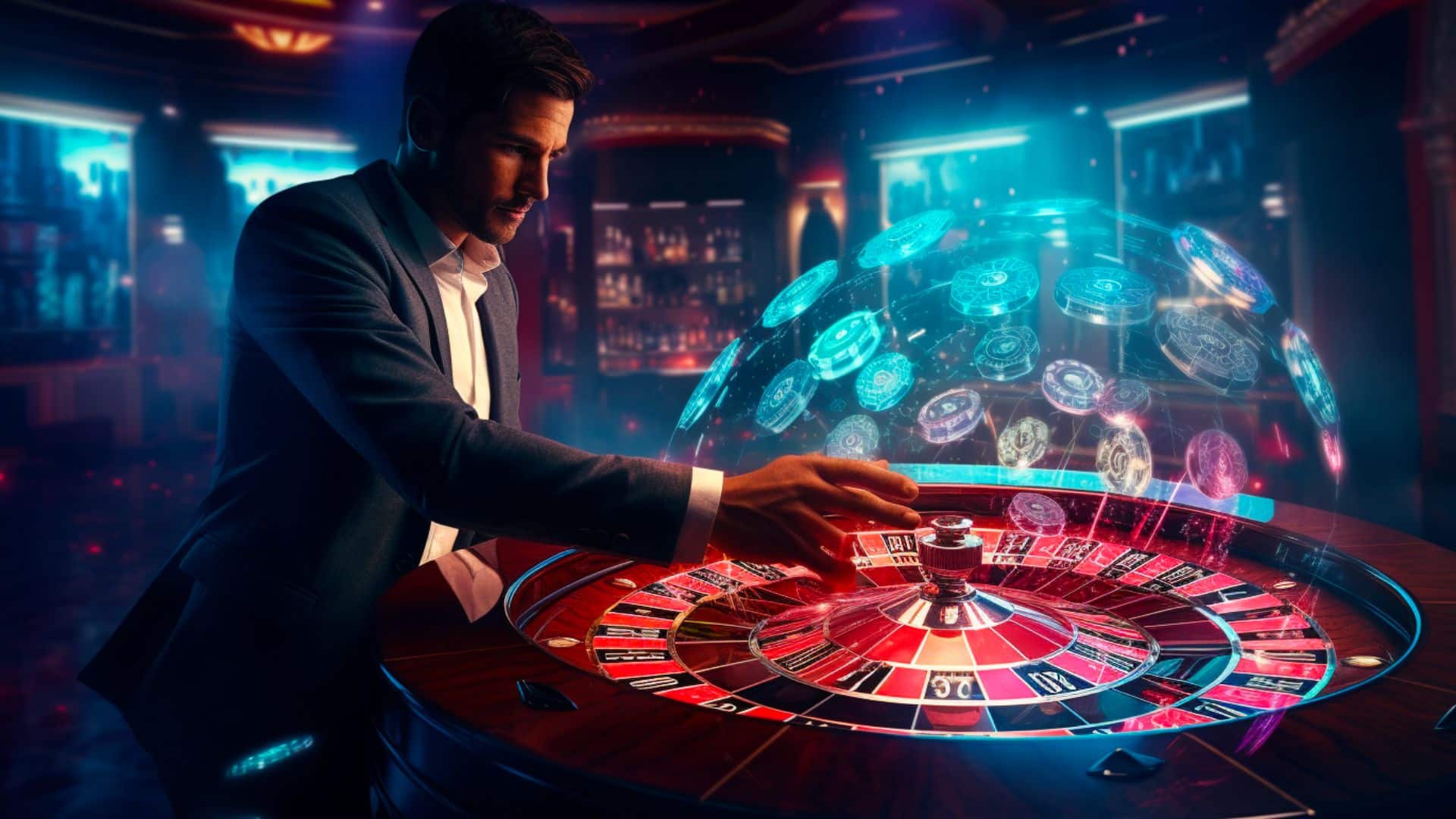Roulette—the spinning wheel, the clattering ball, the collective breath held at the table. It’s pure, unfiltered chance. Or is it? For centuries, players have chased the dream of a foolproof roulette strategy. Some swear by complex betting systems, while others insist the house always wins. So, what’s the truth? Let’s break it down.
The Basics: How Roulette Works
Before diving into strategies, you’ve gotta understand the game. Roulette wheels come in three main flavors:
- European Roulette: Single zero (0), 37 pockets. House edge: 2.7%.
- American Roulette: Double zero (00), 38 pockets. House edge: 5.26%.
- French Roulette: Like European, but with “La Partage” or “En Prison” rules that can cut the house edge in half on even-money bets.
That house edge? It’s the casino’s built-in advantage. No strategy can erase it—but some can, theoretically, minimize losses.
Popular Roulette Strategies (And Do They Work?)
1. The Martingale System
Double your bet after every loss. The idea? A win eventually recoups all losses and nets a small profit. Sounds bulletproof—until you hit a losing streak and run into table limits (or your bankroll taps out).
Reality check: Works… until it doesn’t. And when it fails, it fails spectacularly.
2. The Fibonacci System
Bet following the Fibonacci sequence (1, 1, 2, 3, 5, 8…). After a win, move back two steps. Less aggressive than Martingale, but still relies on luck turning around before your wallet does.
Reality check: Slower losses, but the house edge remains untouched.
3. The D’Alembert System
Increase bets by one unit after a loss, decrease by one after a win. It’s a “safer” progression, but—you guessed it—no match for negative expectation games.
Reality check: Mild risk management, but no magic here.
The Cold, Hard Truth About Roulette Odds
Here’s the thing: roulette is a negative expectation game. Every bet (except one, which we’ll get to) favors the house. Systems might tweak short-term results, but math always wins in the end.
Take a straight-up bet on a single number:
- European Roulette: 1 in 37 chance (2.7% edge).
- American Roulette: 1 in 38 chance (5.26% edge).
Even “safe” bets like red/black or odd/even? Still a house edge, thanks to that pesky zero (or zeros).
The One Exception: Biased Wheels
Okay, here’s where things get interesting. If a wheel has a mechanical flaw—say, a slightly tilted spindle or worn pockets—it might favor certain numbers. In the 1960s, a group of students famously exploited this at casinos in Monte Carlo.
But: Modern casinos laser-check wheels for balance. Finding a biased wheel today? Like spotting a unicorn at a blackjack table.
What About “Predictive” Software or Dealer Signatures?
Some swear by tracking dealer spin habits or using physics-based software to predict ball landing zones. Sounds sci-fi, right? Well, casinos know this too—they randomize wheel speed and ball trajectory to prevent patterns.
Bottom line: Even if you spot a fleeting pattern, it’s not a sustainable strategy.
The Only Real “Winning” Strategy
Honestly? It’s not about beating the wheel—it’s about managing your play:
- Stick to European/French wheels: That lower house edge matters.
- Set a loss limit—and walk away: Emotion is the real enemy.
- Play for fun, not profit: Treat it like entertainment, not an investment.
And if you must chase a system? The Martingale can work short-term… just don’t bet the house on it.
Final Spin: The Reality of Roulette
Roulette’s charm lies in its simplicity—and its cruelty. No strategy can outrun probability, but that doesn’t mean you can’t enjoy the ride. Just know when to cash out.




